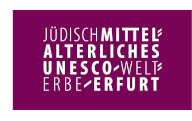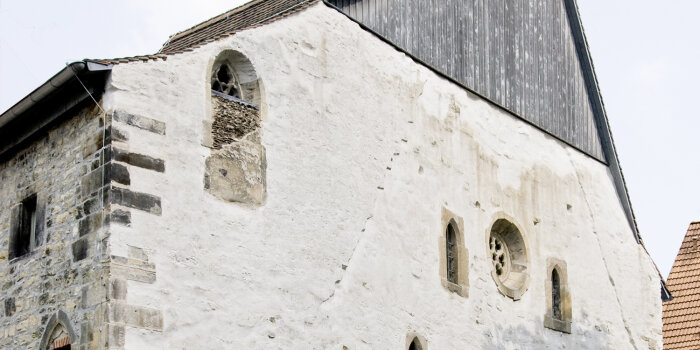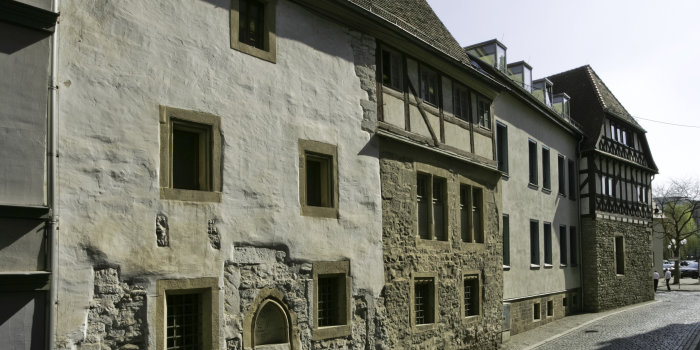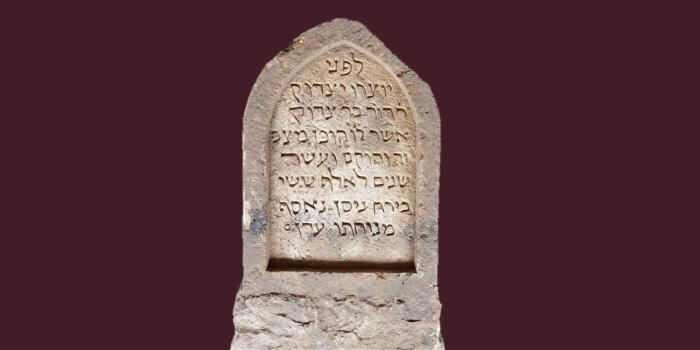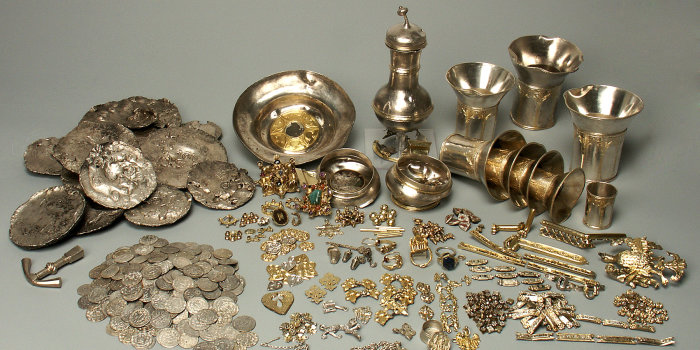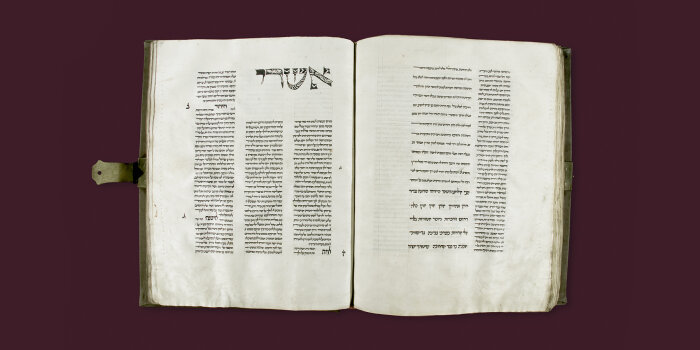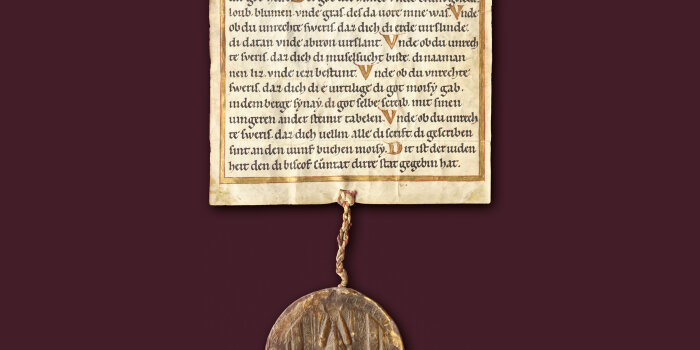The Jewish-Medieval Heritage of Erfurt
In the largely intact medieval Old Town of Erfurt, one-of-a-kind constructional testimonies to the important Jewish community from the late 11th to the mid-14th century have been preserved. This edificial evidence is complemented and further upgraded by a globally unique abundance of original objects. Together, they offer valuable clues to Jewish community and everyday life as well as to the coexistence of Jews and Christians in medieval cities – as profoundly and documented by such a large number of authentic evidence as at no other known site.
For this reason, the Thuringian State Capital of Erfurt has decided to seek inclusion on the list of Unesco World Heritage for its medieval Jewish Heritage.
In 2014, the site "Old Synagogue and Mikveh in Erfurt" was added to the German Tentative List for future World Heritage Sites. At the beginning of 2021, the World Heritage application "Jewish Medieval Heritage of Erfurt" including the management plan was submitted to Unesco via the Thuringian State Chancellery, the Conference of Ministers of Culture and the Federal Foreign Office. Now the review will be carried out by ICOMOS, the International Council on Monuments and Sites, which will examine the written application, but also evaluate the situation on site and then give its expert vote - which in turn will be the basis for the Unesco Commission's decision in summer 2022. The decision to include Erfurt's application on the World Heritage List was made by the World Heritage Committee in September 2023 at its 45th meeting in the Saudi Arabian capital Riyadh. The “Jewish-Medieval Heritage in Erfurt” has been a UNESCO World Heritage Site since September 17, 2023.
Sponsors
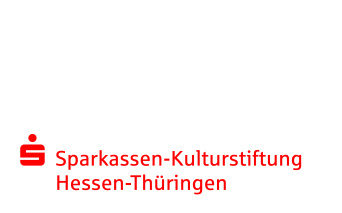
The realisation of this website has been kindly funded by the Cultural Foundation of Sparkasse Hessen-Thuringia.
